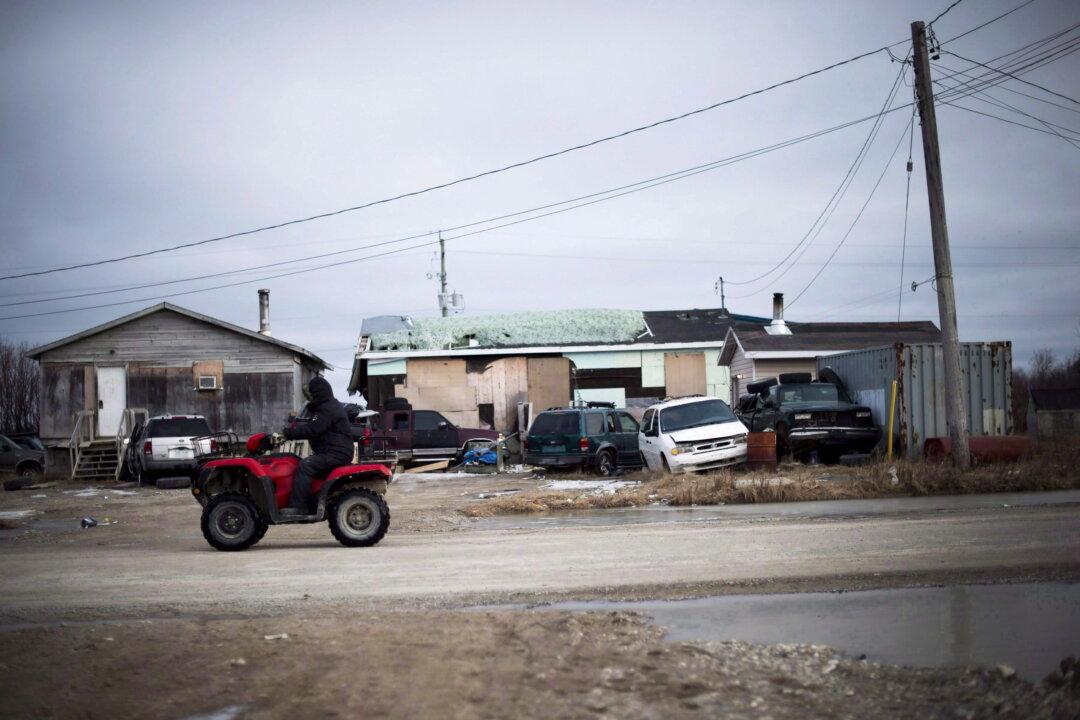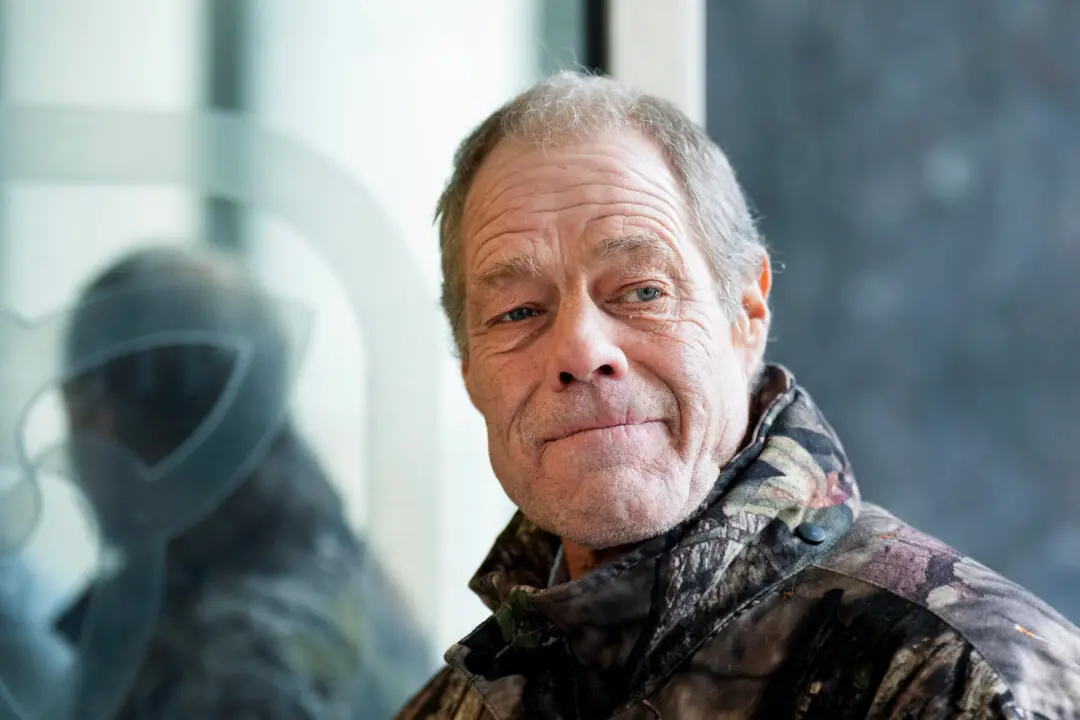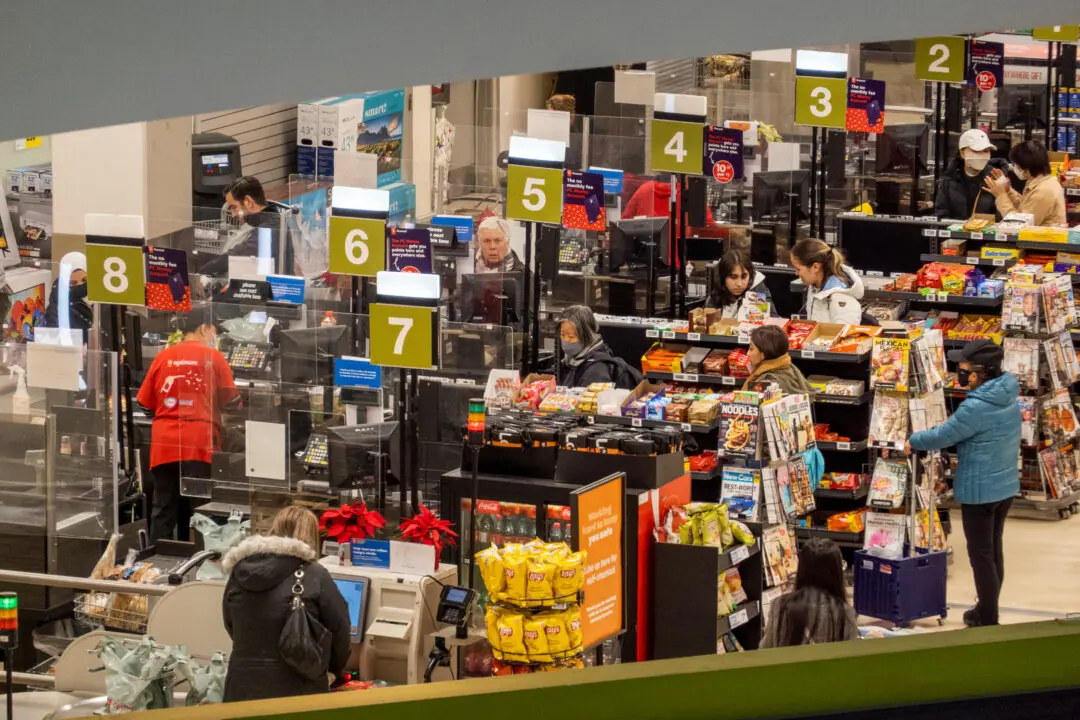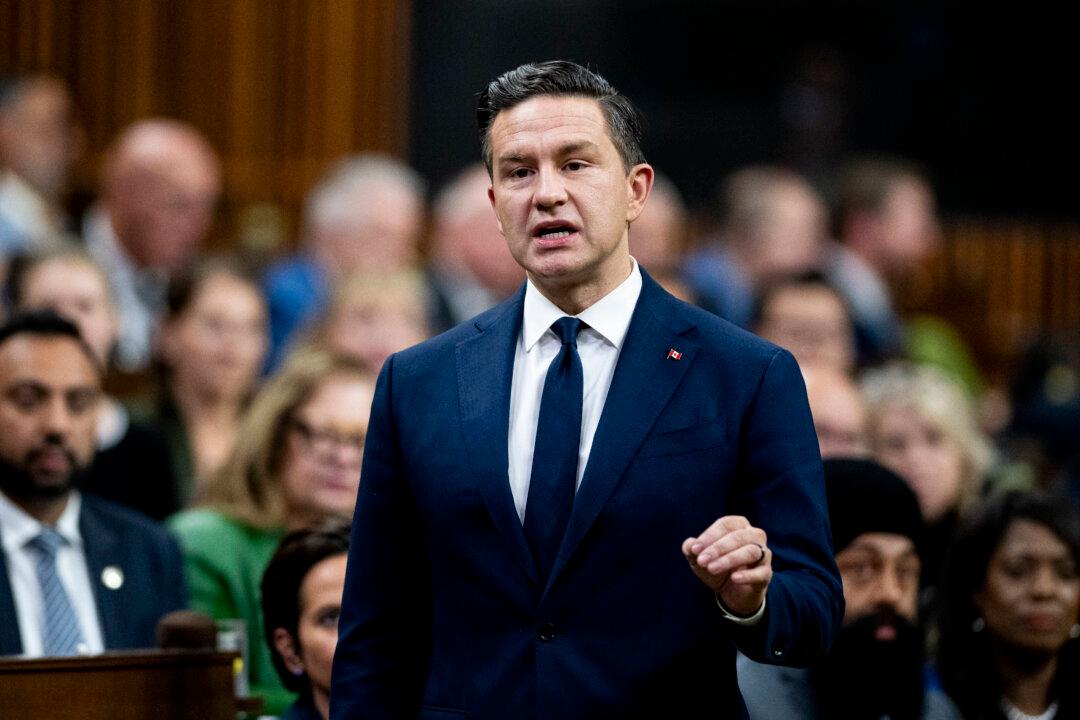Ottawa’s annual spending on indigenous issues has increased by more than $20 billion over the past decade, yet living standards on reserves have seen minimal improvement as a result, according to a newly released report.
Federal indigenous spending has nearly tripled since 2015 from $11 billion to an estimated $32 billion by 2025, the study from the Fraser Institute found.





